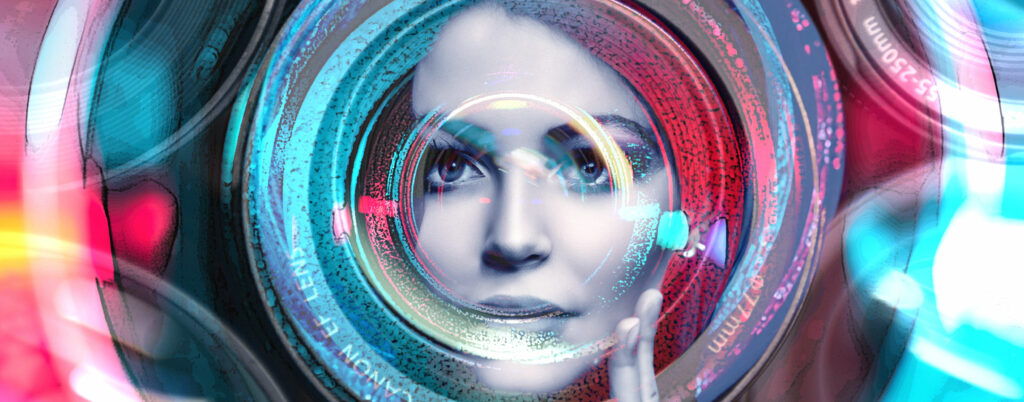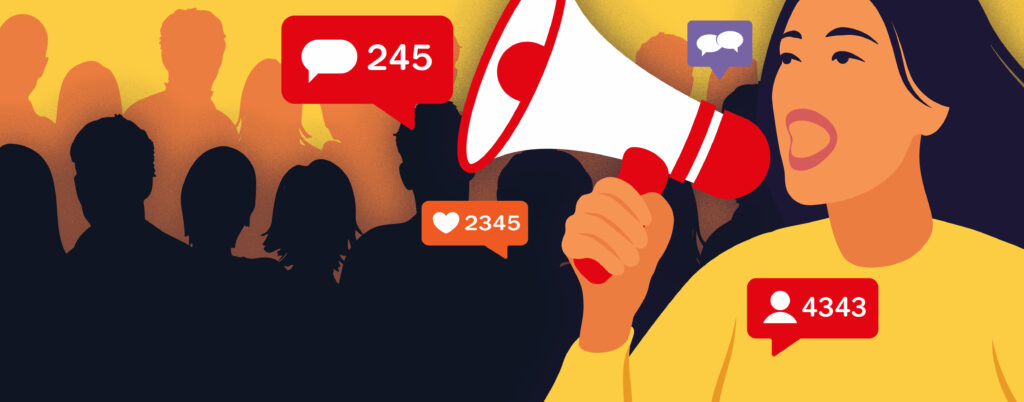Color Psychology: Coloring Your Brand
Colors come attached with lots of meaning and emotion. You see something in red and you think of passion, energy and maybe even danger. Red signals = Warning!
There is an entire branch of psychology that studies the influence of colors on human mood and behavior. Our minds react, unconsciously, to the perception of color and our brains emit endocrines responsible for shifts in moods and emotions.
Color psychologists study those reactions and designers of web sites and other corporate communications (such as logo designers) utilize those findings to create a colorful look that is not only attractive and professional but also is directed to achieve a certain reaction from viewers.
Part of this process is the selection of color palettes, different colors and how they blend and interact, for web sites and other communications. Long before they begin slotting in content, web designers give a lot of thought to the interplay between colors and create a primary and secondary palette and accent colors to be used in a particular company’s website.
The goal is to increase user engagement. A well-designed color scheme will improve the user experience and encourage longer use of the site and its content. And the colors in a website can also affect a user’s emotions and behaviors. For instance, many studies have shown that using the color blue, which is associated with trust, can make users more likely to fill out a form or to buy something.
Choosing the right color palette depends on the goals for a company. Colors can reflect a brand’s message and values. It can create a memorable brand identify. Colors can evoke emotions, so you can choose colors that create calm and peacefulness, or those that are more urgent.
And colors are important for overall attractiveness. Colors that are easy on the eye aid in navigation, with high-contrast colors for buttons and text. And unusual colors used in odd combinations can strain the eyes and lead to fatigue.
Let’s get down to the nuts and bolts of colors and see what emotions and feelings each one tends to elicit.
Red: Usually associated with passions, and strong, aggressive feelings. It symbolizes both good and bad states of mind and soul including love, confidence, passion and anger. Of course, it is a good color to draw a viewer’s attention.
Orange: This is an energetic and warm color which evokes excitement. Orange combines red’s power and yellow’s friendliness, so it brings feelings of motivation, enthusiasm and love. It also evokes feelings of creativity and adventure.
Yellow: Yellow is said to be the color of happiness: think sunlight, joy and warmth. It is thought to be the easiest color to see. And it has the strongest psychological meanings: you see inspiration and creativity in yellow. But be careful: yellow can also invoke anxiety and fear in some.
Green: The color of nature, balance and harmony. Green is calming and renews feeling, and its the color sign of growth and inexperience. It has tons of positive energy, but it’s also the color of money and, therefore, materialism.
Blue: Blue is often seen in corporate branding because it is the color of trust. Think ‘Big Blue’ or IBM. It also calls up feelings of reliability, which gives some viewers calming feelings. On the flip side, it is a ‘cool’ color, so it can evoke distance and sadness, as in ‘feeling blue.’
Purple: The color of royalty and wealth, it is often used to present luxury products. It’s also the color of mystery and magic. It mixes the energy of red and blue, so it has a balance of stability and power.
Pink: This is a color of hope, sensitivity and romance. It is much softer than red, so it creates a sense of unconditional love. Of course, it is strongly associated with youthful femininity and is often used to market to young women and girls.
Brown: This the color of security and protection, like Mother Eearth. It is most often used as a background in a variety of shades, to indicate warmth and comfort. It also evokes feelings of experience and reassurance.
Black: This is a color with lots of associations! Everything from death, tragic situations to mysteries and strength. It can be traditional, modern and serious. All the other colors match well with black, so it’s often used as background or to set contrasts.
White: The color of purity and innocence, wholesomeness and clarity, white can be seen as the color of the blank page which encourages the generation of new ideas. However, too much white can cause feelings of emptiness and isolation.
Once down the rabbit hole of color psychology, you can get lost for weeks at a time! But it’s always a good idea to think about what message you wish to convey for your company and your brand with your color palettes.
And Fuel Media has some of the finest web designers in the business, all of whom are experts at selecting and utilizing the right colors for the right job. And if you ask them why they are using a certain color or color palette, we’re willing to bet they’ve got a better answer than ‘because it looks good!’
Subscribe To Our Newsletter
Join our subscribers list to get the latest news and updates delivered directly in your inbox.
"*" indicates required fields


